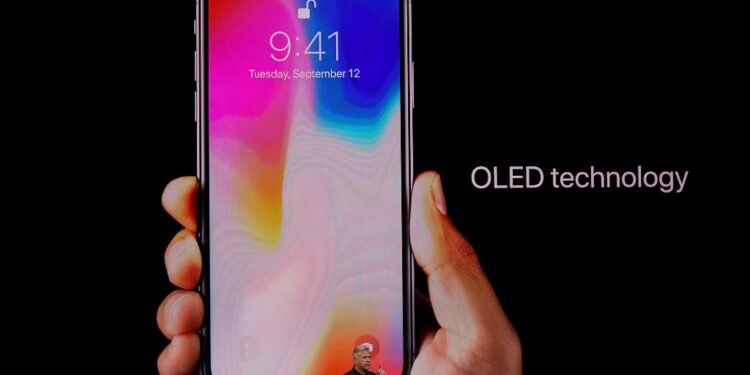The high price tag and lack of truly revolutionary features might have people clinging to their older phones.
September’s wildly anticipated launch of the new iPhone 8 and iPhone X (pronounced “10”) gave the world a glimpse into Apple’s new view of what has been called the most successful consumer electronics product ever released.
But beyond the hype and the hefty US$999 price tag for the base model, what did the new iPhone have that was actually new and revolutionary?
Several news outlets said the launch of the new phone –including the initial failure to work of the facial recognition feature replacing the Touch ID system– was somewhat disappointing from a market point of view as the high price tag and lack of truly revolutionary features might have people clinging to their older phones.
An iPhone with a twist
The phone itself, launched to celebrate the 10th anniversary of the original iPhone, signals a big departure from previous Apple design cues as it eschews the classic aluminium frame for a “glass sandwich” body that has some potential users already worrying about dropping a thousand-dollar piece of glass to the ground.
But most of the new technology embedded on the new phone –Apple will start taking preorders for the device on Oct. 27- is only new to Apple and has been around for a few years on the devices of other brands such as Samsung (Glass body, wireless charging, facial recognition) HTC (dual cameras) and the like.
We are still waiting for flexible screens and next-gen wearable technology for the next revolution.













